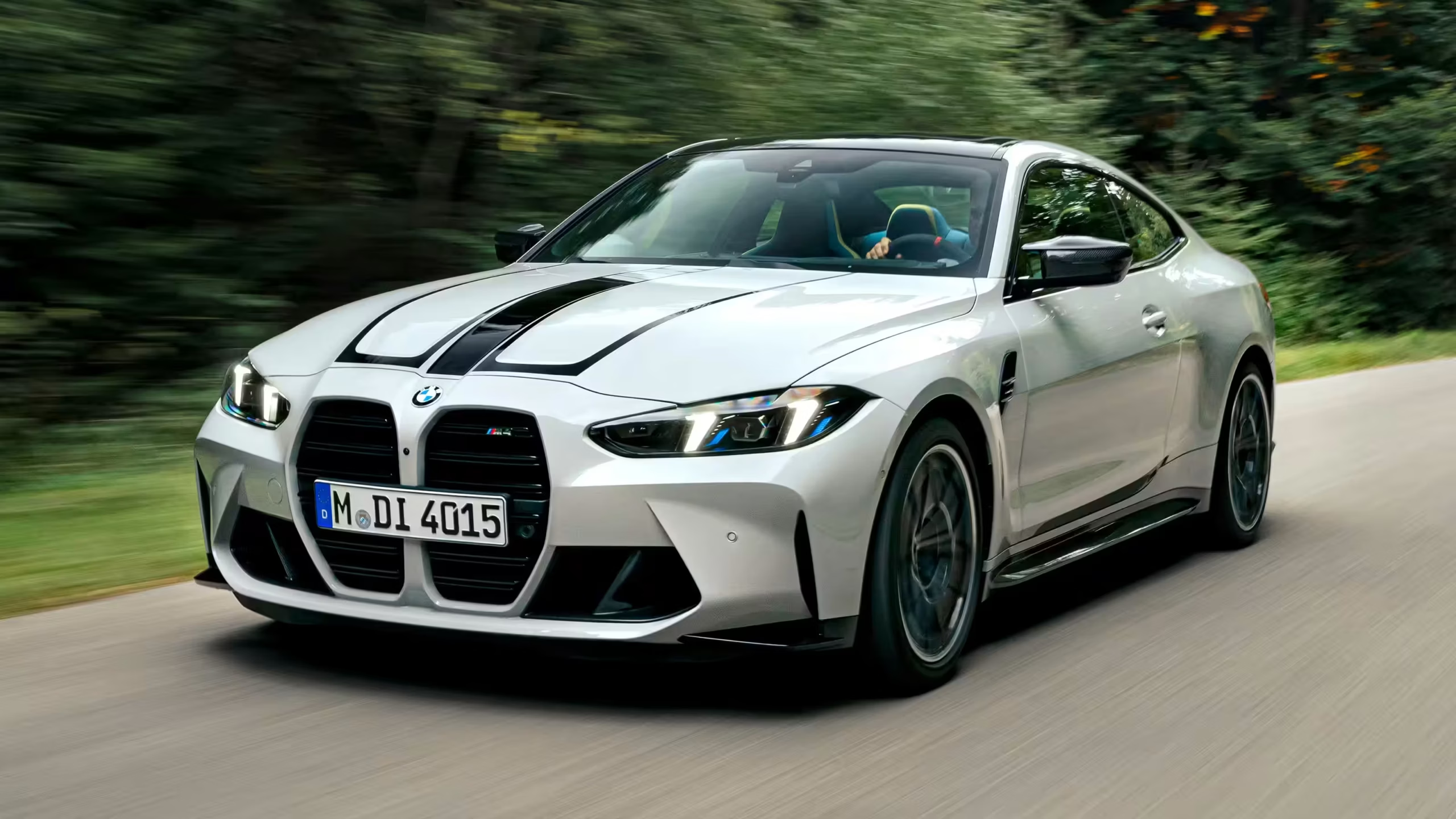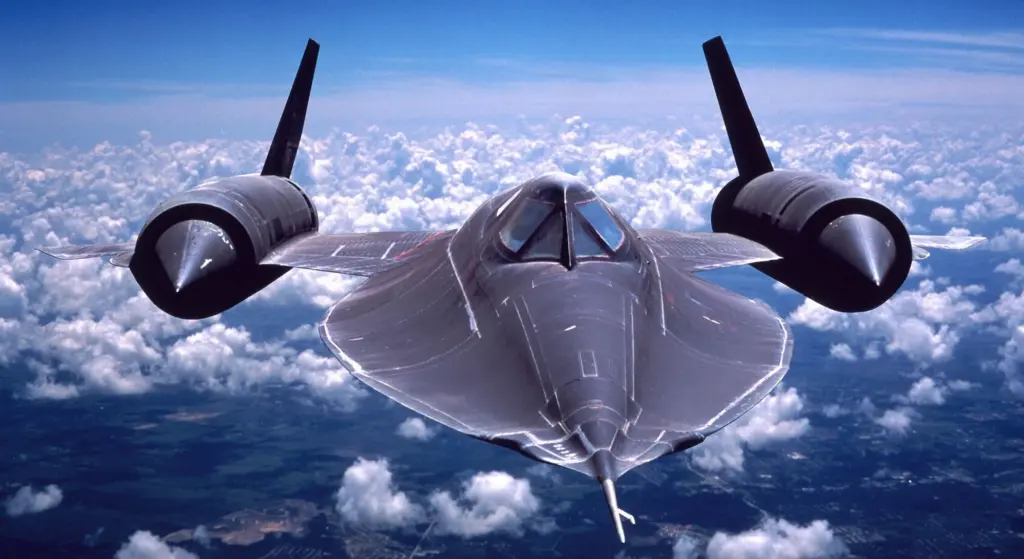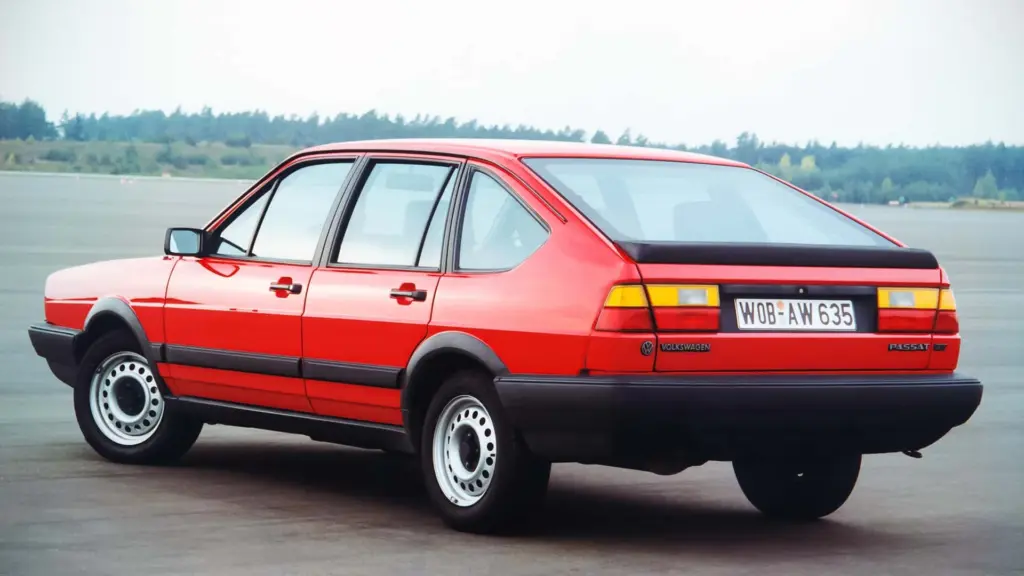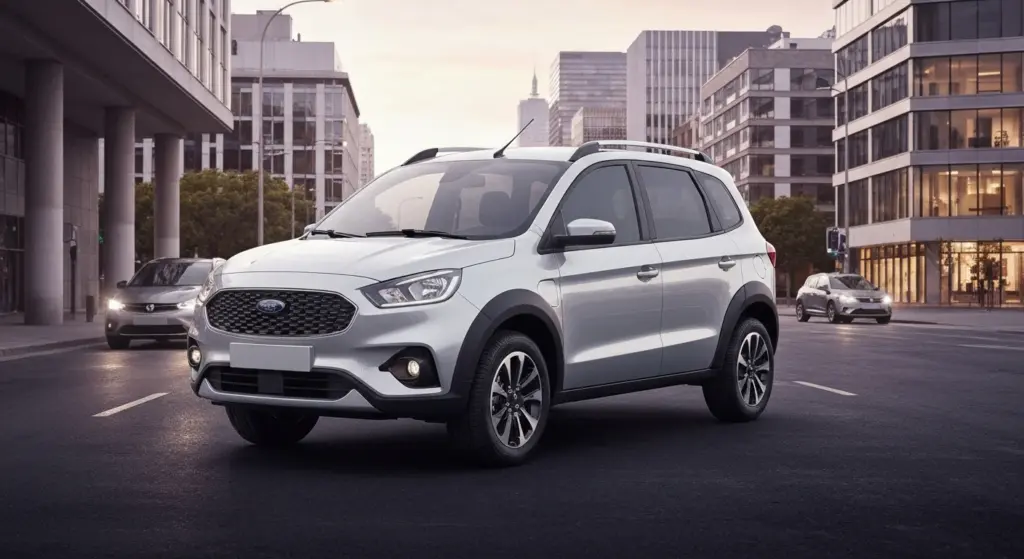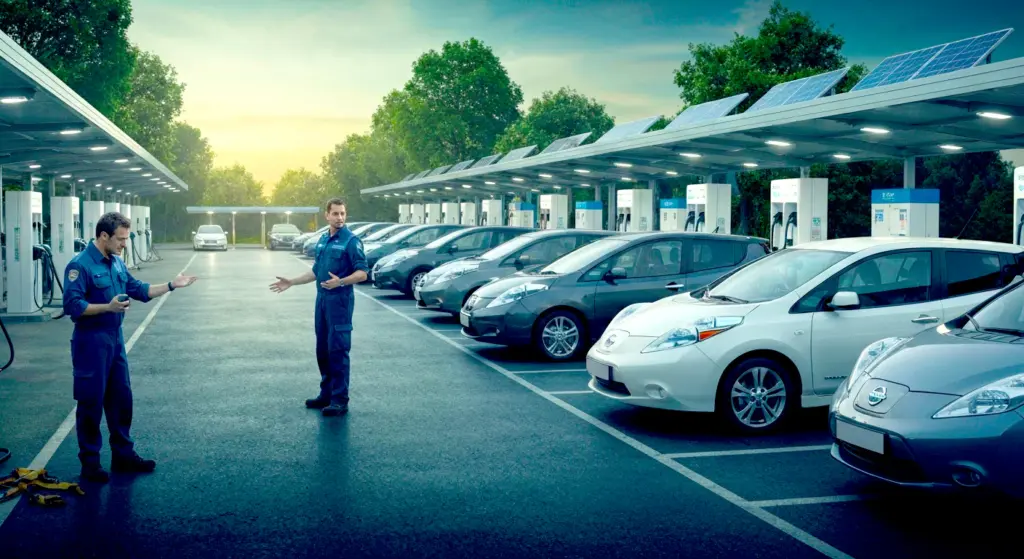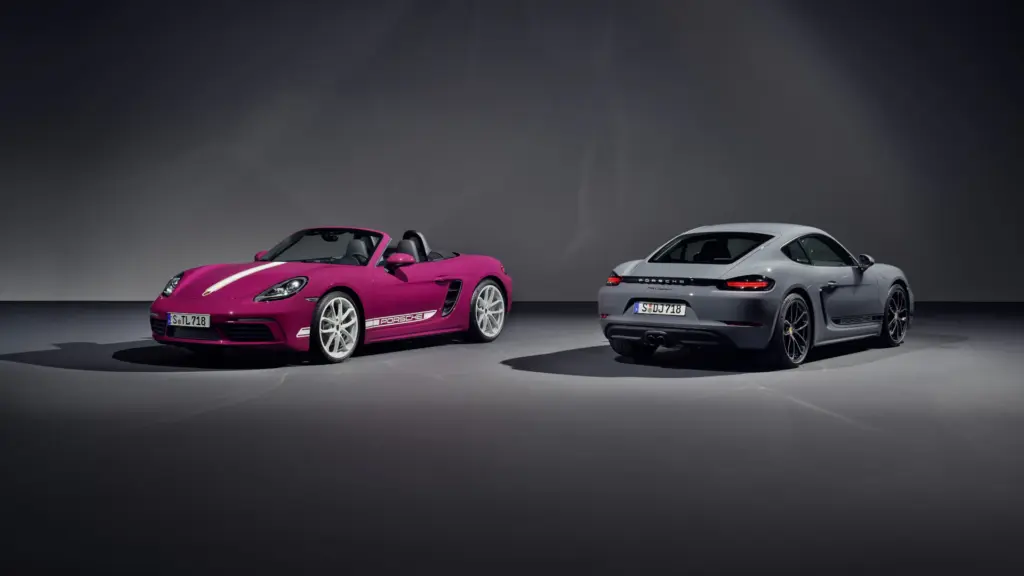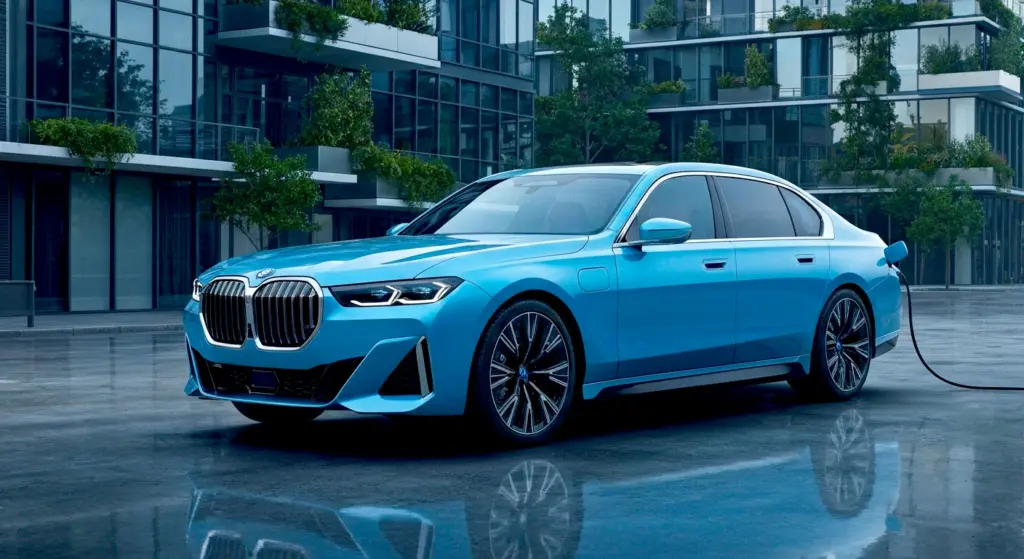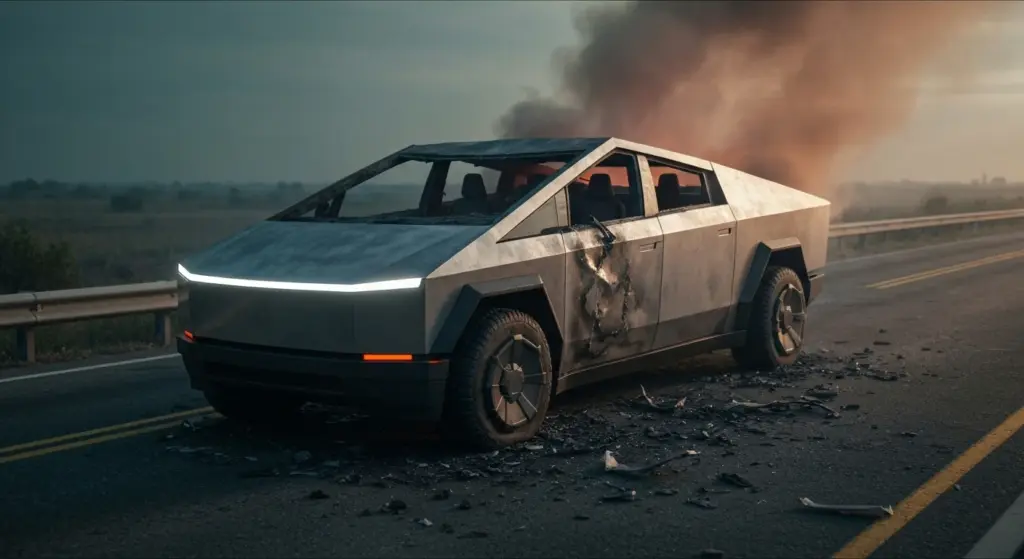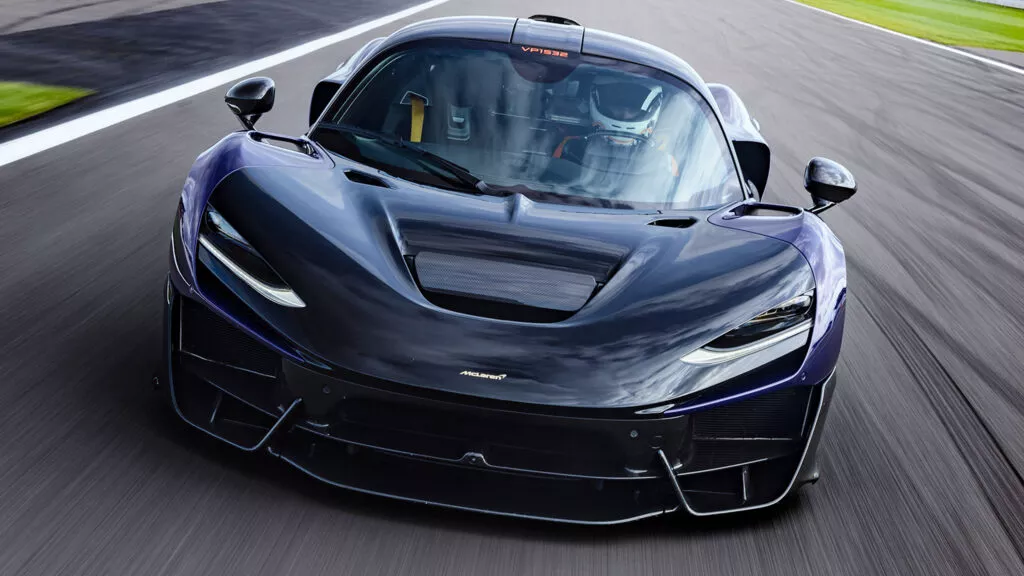The name BMW M4 may seem relatively new in the automotive world, but don’t be fooled: it carries the weight and glory of decades of German engineering focused on performance. Born as the spiritual successor to the legendary BMW M3 Coupe, the M4 quickly became an icon in its own right, evolving the philosophy of BMW’s M division (Motorsport).
Let’s dive into the journey of this sports car that combines luxury, technology, and, of course, a lot of power, from its origins to the current models that make quite a noise—both literally and figuratively.
The Birth of an Icon: Why M3 Became M4?
Up until 2013, life was simple: wanted a sports car from BMW’s Series 3? It was a BMW M3, whether it was a sedan, a stylish coupe, or a convertible for enjoying the wind in your hair. But BMW, always looking to segment (and maybe sell more?), decided to change the rules with the arrival of the new generation of Series 3 and the creation of Series 4, dedicated to coupes and convertibles.
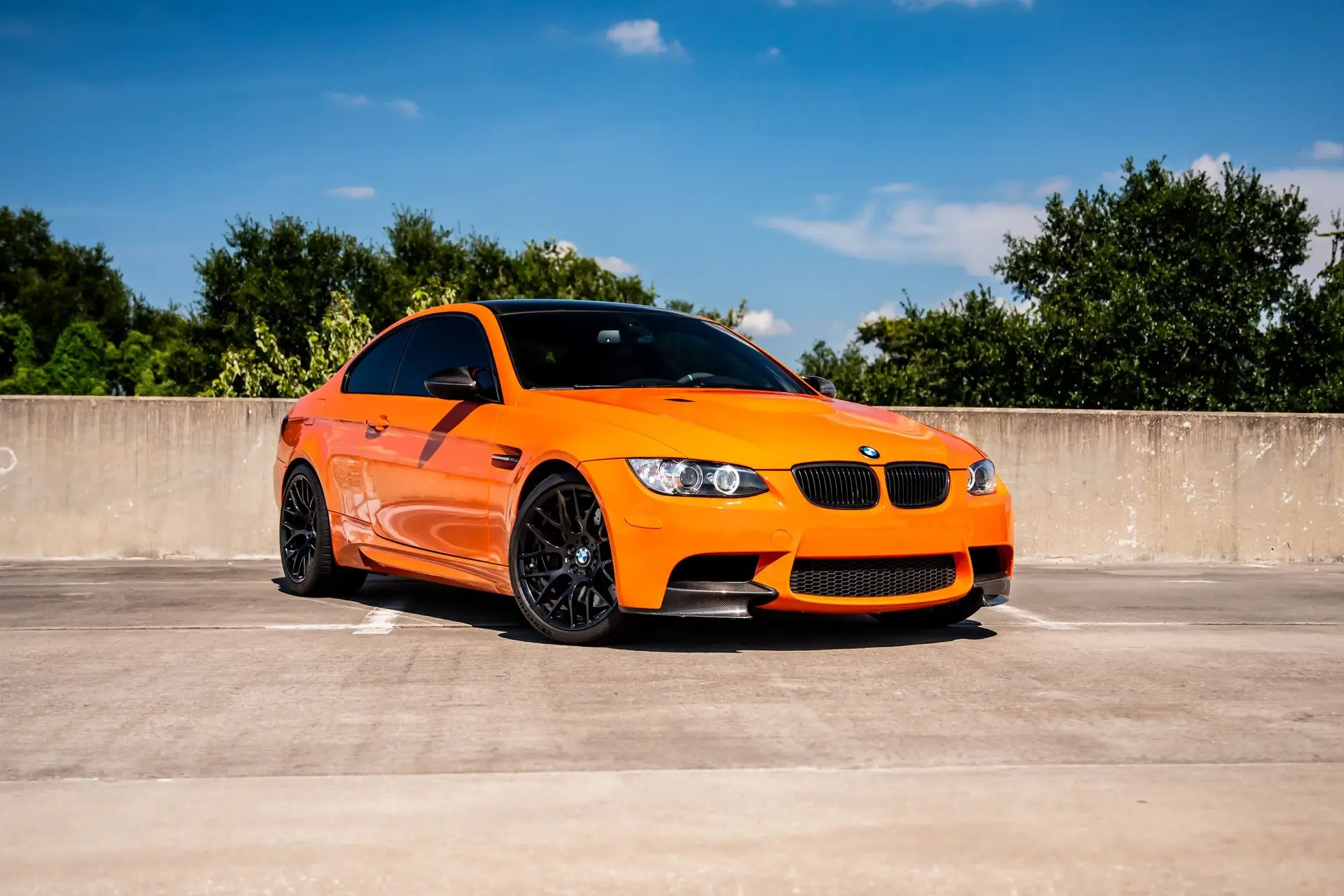
This reorganization gave rise to a new nomenclature within the M family. From that point on, the division became clear:
How the Nomenclature Changed
- BMW M3: Exclusively the four-door sports sedan.
- BMW M4: The new home for the sporty coupes and convertibles in the M lineup.
This change was not just marketing; it marked the beginning of a distinct identity for the M4, although it remains connected to its M3 roots.
First Generation (F82/F83): The Turbo Pioneer
Launched in 2014, the first generation of the BMW M4 (F82 for the Coupe and F83 for the Convertible) arrived with a bang. The biggest change was under the hood: out went the beloved naturally aspirated V8 from the M3 E92, and in came a modern 3.0-liter inline-six twin-turbo engine (S55).
This change sparked intense debates among purists, but it brought undeniable benefits: more torque at lower RPMs, less weight, and greater efficiency. The car delivered 431 horsepower in its standard version, a significant leap and a new driving dynamic. BMW also heavily invested in lightweight materials, such as carbon fiber for the coupe’s roof and aluminum for suspension components, aiming for agility.
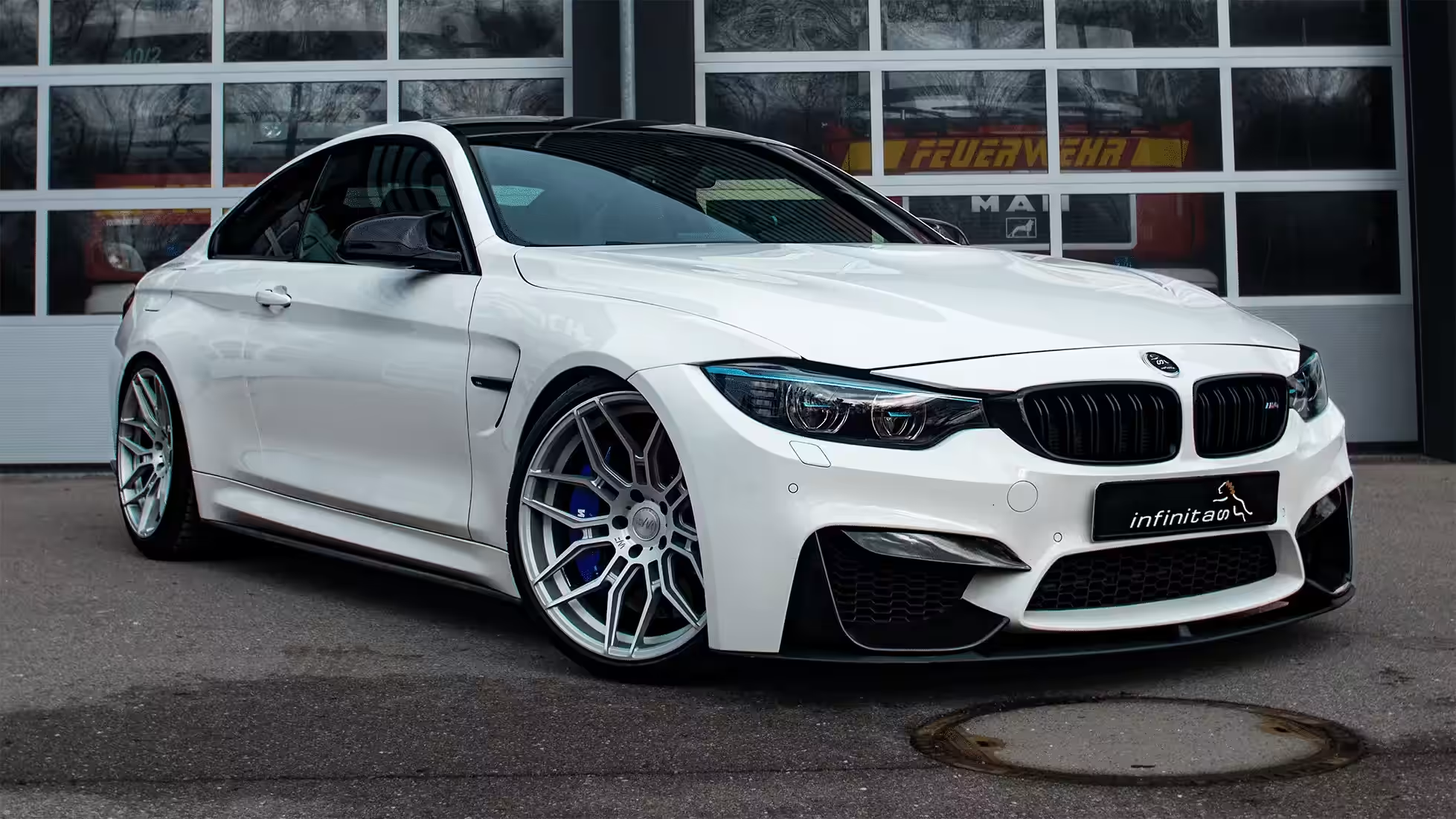
Highlights of the First Generation M4
- Debut of the M4 name.
- S55 twin-turbo inline-six engine.
- Use of carbon fiber.
- Manual transmission option.
- Performance/daily use balance.
This generation was praised for its balance, being a car capable of tearing up corners on a track day and then comfortably taking you home afterward. Of course, BMW couldn’t resist and created even more exciting versions.
Notable Special Editions (F82/F83)
- M4 GTS: Track-focused with 500 horsepower and water injection.
- M4 CS: The perfect middle ground, with 460 horsepower and increased lightness.
Second Generation (G82/G83): Power and Controversy
In 2020, the world was introduced to the second and current generation of the BMW M4 (G82 Coupe, G83 Convertible). Built on BMW’s modern CLAR platform, it brought significant advances in technology, performance, and… design. Ah, the design!
The engine evolved to the S58 3.0 twin-turbo inline-six, delivering 480 horsepower in the “base” version with a manual transmission (yes, it survived!) and 510 horsepower in the powerful Competition version, the latter featuring an 8-speed automatic transmission and, for the first time in M4 history, the option of all-wheel drive xDrive.
What Changed in the G82/G83 Generation?
- More powerful S58 engine.
- All-wheel drive xDrive option.
- 8-speed automatic transmission.
- Modern CLAR platform.
- More technological interior.
- The controversial front grille.
Speaking of the grille… there’s no way to ignore the elephant (or rather, the beaver?) in the room. The huge vertical front grille sparked opinions like few things in the recent automotive world. Some defend it for its aggressiveness and aerodynamic function; others… let’s just say they preferred the previous look. The fact is: it gave the M4 an unmistakable visual identity (for better or worse).
Despite the aesthetic controversy, the performance of the new generation is unquestionable, offering levels of grip and acceleration that were once reserved for supercars.
Current Special Editions (G82/G83)
- M4 CSL (2022): “Coupé Sport Leichtbau,” with 550 horsepower, lighter, and focused intensely on performance.
- M4 CS (2024): Limited production, 550 horsepower (inherited from the CSL), fine-tuned performance, and aggressive styling.
BMW M4 on the Track: Pure Racing DNA
A car with the “M” label could not stay away from the racetracks. The BMW M4 has been a successful platform in global motorsport, competing (and winning) in prestigious categories.
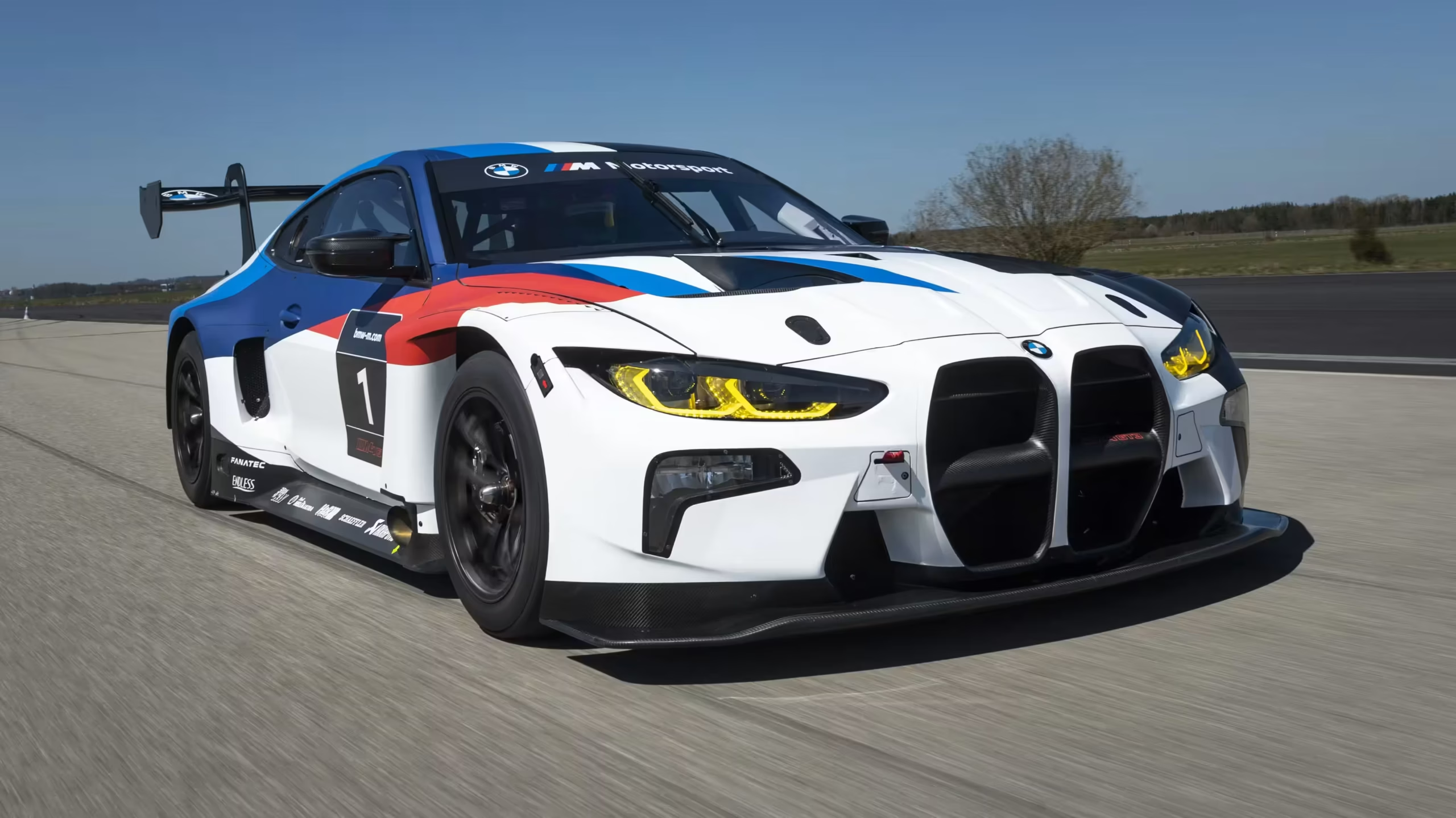
From touring championships like the DTM (Deutsche Tourenwagen Masters), where it shone brightly, to Gran Turismo categories like GT3 and GT4, the M4 showcases its versatility and robustness. The M4 GT3 version, for instance, replaced the M6 GT3, becoming BMW’s primary racing car for customers in championships around the world.
Quick Summary: M4 at a Glance
To make it easier to visualize the evolution, here’s a summary of the main characteristics of each generation:
Comparison Table of M4 Generations
| Generation | Code | Engine | Power (HP) | Drive | Highlights |
|---|---|---|---|---|---|
| 1st (2014–2020) | F82/F83 | S55 3.0 twin-turbo | 431–500 | Rear | Debut, turbo I6 |
| 2nd (2020–present) | G82/G83 | S58 3.0 twin-turbo | 480–550 | Rear / xDrive | Grille, +Tech, xDrive |
Frequently Asked Questions About the BMW M4
Still have questions about this German icon? Here are answers to some of the most common inquiries:
Answering Common Questions
- What does the “M” in M4 mean?
It stands for “Motorsport,” the high-performance division of BMW with a racing DNA. - Why did BMW separate the M3 from the M4?
It was a strategic decision to align sporty coupes and convertibles with the newly created Series 4, keeping the M3 as the sporty sedan. - What’s the fastest BMW M4 ever made?
Currently, the M4 CSL (G82) from 2022 holds this title, being extremely fast on track, evidenced by its time at the Nürburgring (7:20.2). The 2024 M4 CS inherits much of this performance. - Does the M4 have a manual transmission option?
Yes! The current generation (G82) offers a 6-speed manual transmission in the “standard” version with 480 horsepower and rear-wheel drive, something rare today.
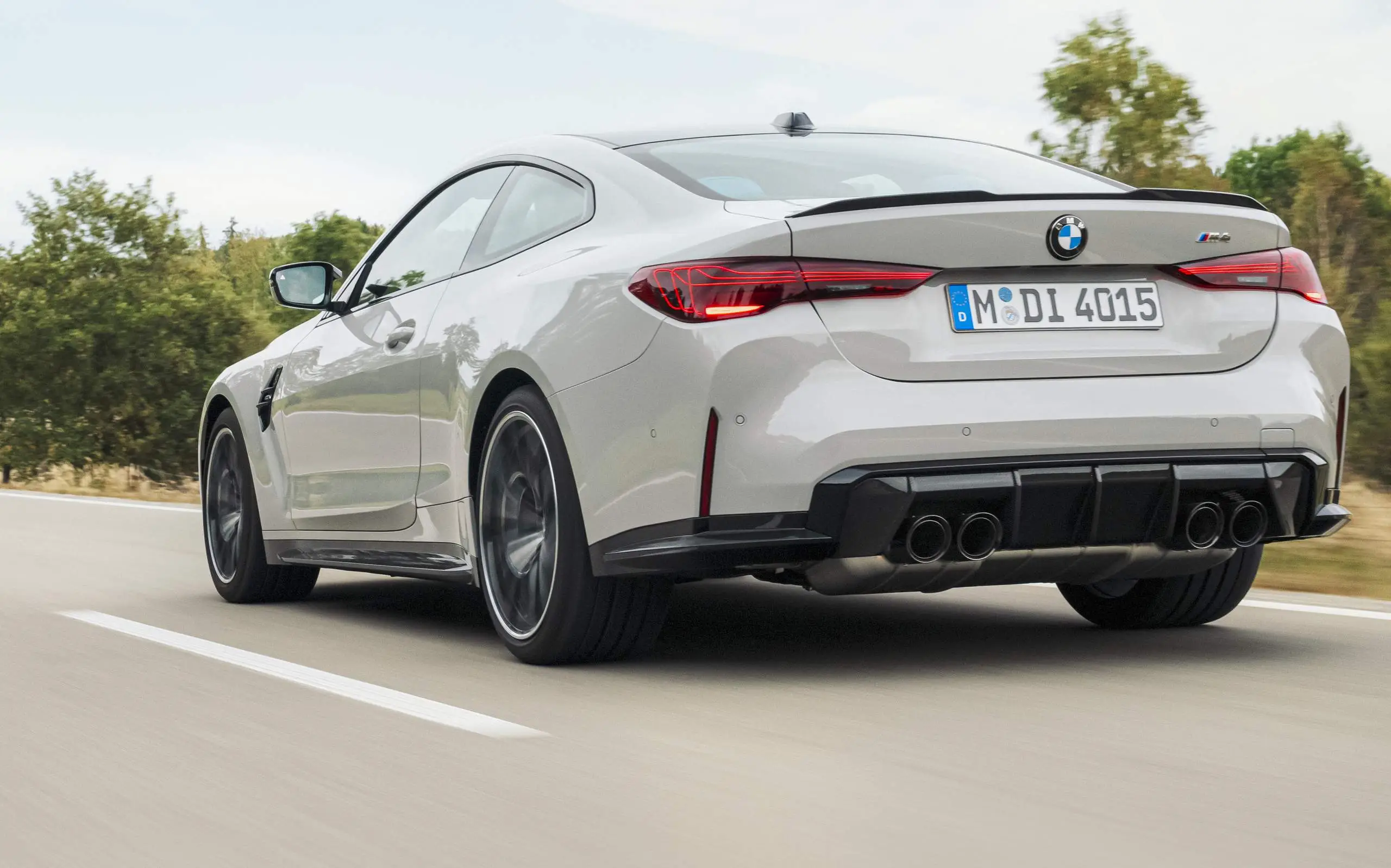
The BMW M4 continues to be a dominant force in the luxury sports coupe segment. It has evolved, changed (perhaps too much for some with the grille!), but retained the M essence: delivering an exciting and visceral driving experience.
Whether you’re a fan of the more understated first generation or the bolder current version, the legacy that the M4 is building is undeniable.
Which version or generation of the BMW M4 impresses you the most? Share your opinion in the comments below!
Author: Fabio Isidoro
Founder and editor-in-chief of Canal Carro, he dedicates himself to exploring the automotive universe with depth and passion. A car and technology enthusiast, he produces technical content and in-depth analyses of national and international vehicles, combining quality information with a critical eye for the public.

